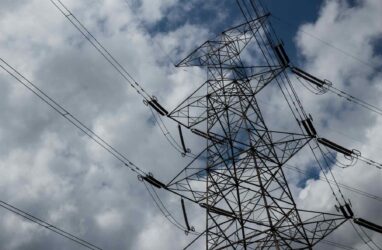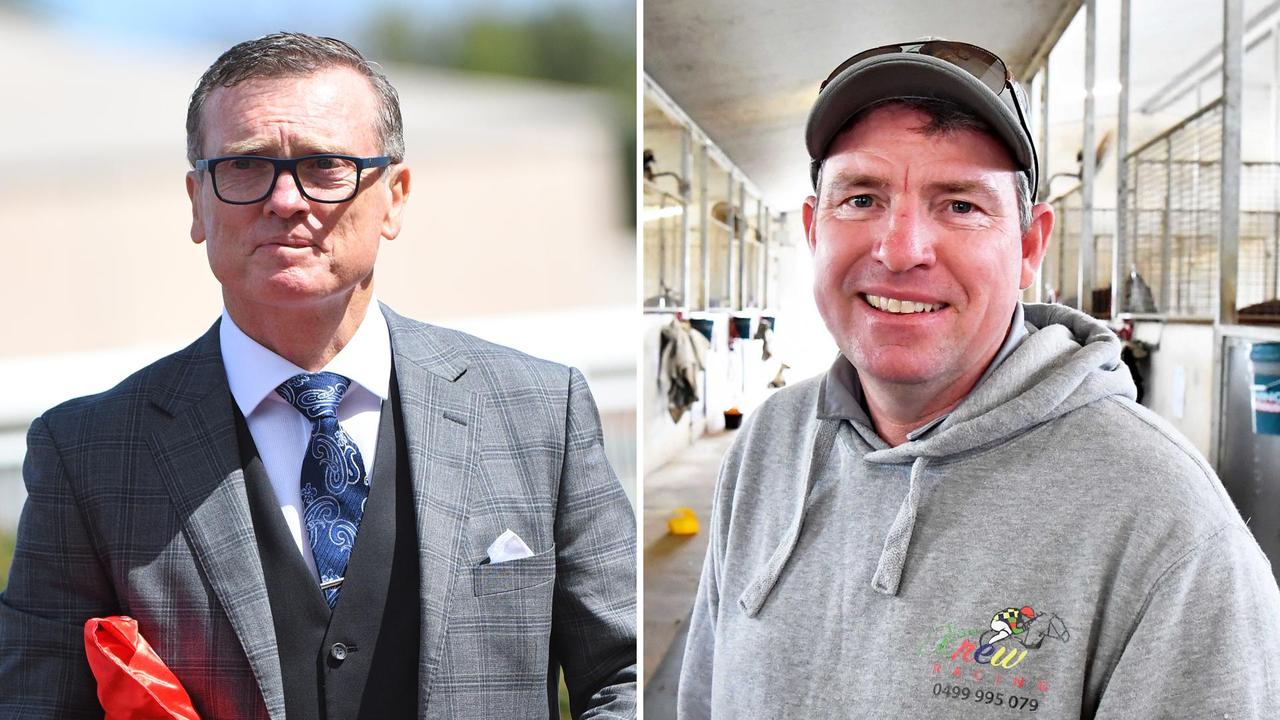The demand forecasts in the Integrated System Plan’s Step Change scenario will not be achieved without more targeted policy, particularly in regard to industry electrification and specifically electrification of process heat. In general the Australian Energy Market Operator seems to compartmentalise demand forecasts and ISP supply. In my opinion, public understanding could be enhanced by linking the two in a more accessible way.
Less demand generally means less pressure on price. Spot prices are likely to be more volatile as renewable penetration increases, but consumers have low visibility to those prices and therefore don’t see the price signal. At first glance there appear to be regulatory barriers to efficient demand response.
Longer term, if investors believe current price patterns will persist we should see the growth of seasonal demand. However, in a rapidly changing world few managers will have the required confidence. Finally, an implication of the numbers is that retailers who in general make the the vast bulk of their profits from supply to household customers are unlikely to see any volume growth, indeed may well see volume declines if the ISP step change forecasts come to pass.
As networks have shown, a lack of volume growth is not a problem, but still most management want growth. Higher demand is generally positive for prices. The Step Change or base case scenario of the ISP sees demand growing from about 209 terawatt hours (TWh) in 2025 to about 285 TWh in .


















